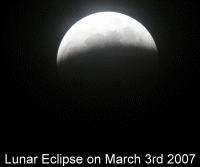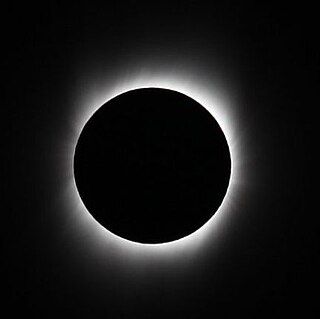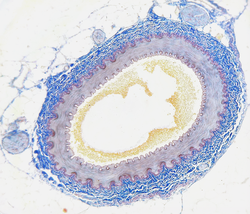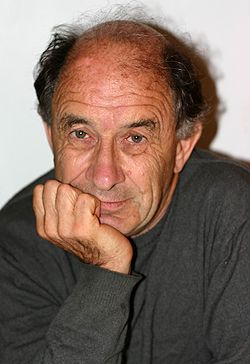The year 2001 in science and technology involved many events, some of which are included below.
The year 1998 in science and technology involved many events, some of which are included below.
The year 2002 in science and technology involved some significant events
The year 2004 in science and technology involved some significant events.

The Weizmann Institute of Science is a public research university in Rehovot, Israel, established in 1934, 14 years before the State of Israel. It differs from other Israeli universities in that it offers postgraduate-only degrees in the natural and exact sciences.
The year 1975 in science and technology involved some significant events, listed below.
The year 1958 in science and technology involved some significant events, listed below.
The Neanderthal genome project is an effort of a group of scientists to sequence the Neanderthal genome, founded in July 2006.

The year 2007 involved many significant scientific events and discoveries, some of which are listed below.

The year 2009 involved numerous significant scientific events and discoveries, some of which are listed below. 2009 was designated the International Year of Astronomy by the United Nations.
The year 2008 involved numerous significant scientific events and discoveries, some of which are listed below.

The year 2011 involved many significant scientific events, including the first artificial organ transplant, the launch of China's first space station and the growth of the world population to seven billion. The year saw a total of 78 successful orbital spaceflights, as well as numerous advances in fields such as electronics, medicine, genetics, climatology and robotics.

A number of significant scientific events occurred in 2013, including the discovery of numerous Earthlike exoplanets, the development of viable lab-grown ears, teeth, livers and blood vessels, and the atmospheric entry of the most destructive meteor since 1908. The year also saw successful new treatments for diseases such as HIV, Usher syndrome and leukodystrophy, and a major expansion in the use and capabilities of technologies such as 3D printing and autonomous cars.

A number of significant scientific events occurred in 2014, including the first robotic landing on a comet and the first complete stem-cell-assisted recovery from paraplegia. The year also saw a significant expansion in the worldwide use and sophistication of technologies such as unmanned aerial vehicles and wearable electronics.
A number of significant scientific events occurred in 2015. Gene editing based on CRISPR got significantly improved. A new human-like species, Homo naledi, was first described. Gravitational waves were observed for the first time, and dwarf planets Pluto and Ceres were visited by spacecraft for the first time. The United Nations declared 2015 the International Year of Soils and Light-based Technologies.
A number of significant scientific events occurred in 2016. The United Nations declared 2016 the International Year of Pulses.
A number of significant scientific events occurred in 2017. The United Nations declared 2017 the International Year of Sustainable Tourism for Development.
A number of significant scientific events occurred in 2018.
A number of significant scientific events occurred in 2019.
















